NYC’s Forgotten ‘War on Christmas Trees’
Discover how an obscure holiday crackdown affects festive street vendors today!


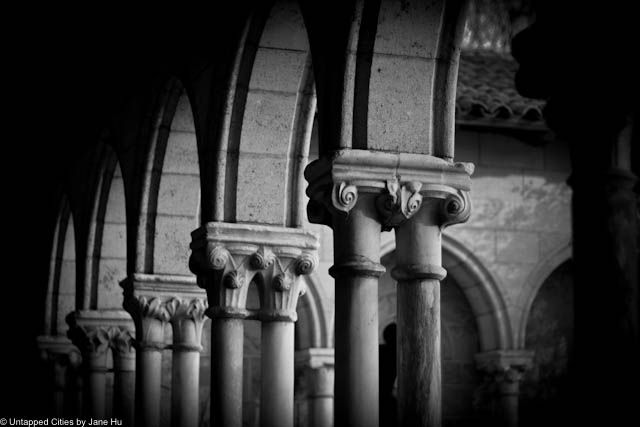
New York City is not a city known for calm, although we’ve previously shared with you a guide on where to find quiet in the city, along with a map for solitude. And while there are certainly many temples in the city, offering their own form of refuge (as well as some fabulous basement canteens), there are also full-on monasteries in the city, each with a quirky history to tell.
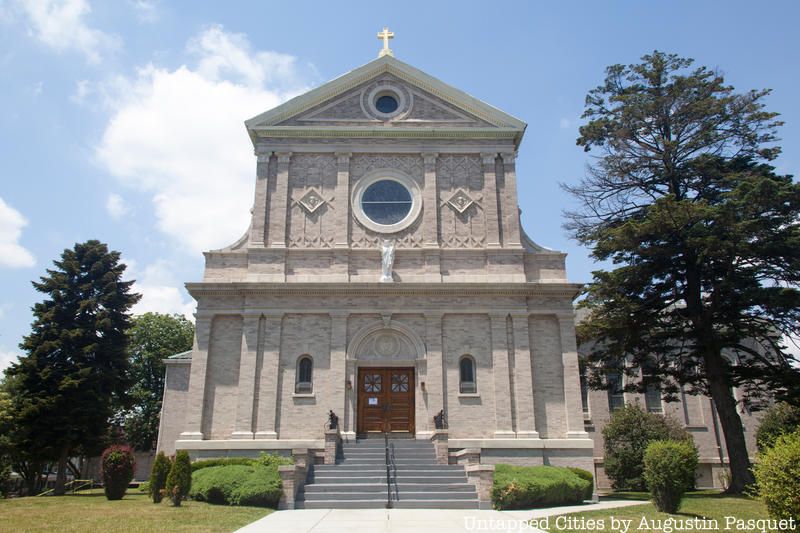
The Brooklyn Visitation Monastery in Bay Ridge is home to the Sisters of the Order of the Visitation of Holy Mary, an order founded in 1610. The Brooklyn monastery was founded in 1855. According to their website, you can take a weekend retreat there on the 7.5 acre enclosed campus if you have “ever wondered what monastic life is like”–just call the monastery and “speak to the Retreat Directress.” By “enclosed,” we mean 22 foot walls! Also on the property is the Brooklyn Visitation Academy, an all-girls Catholic school.
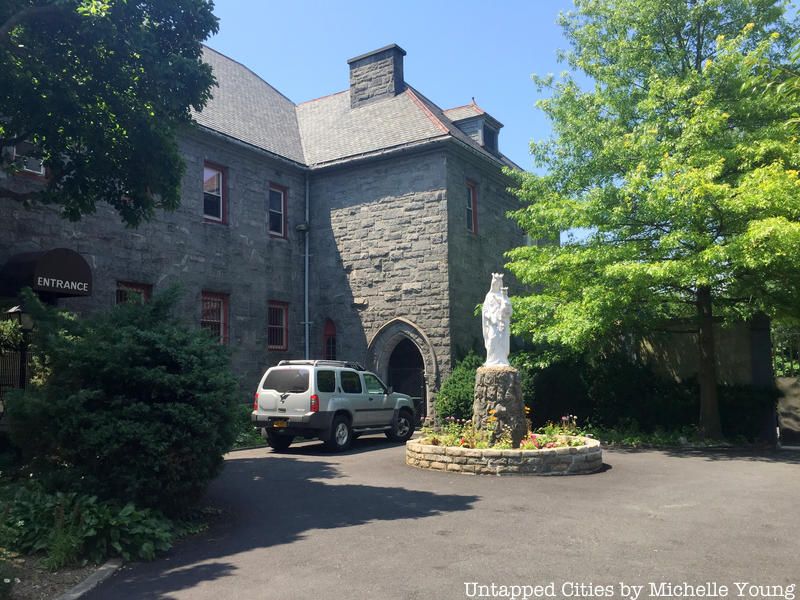
Located in otherwise industrial Hunts Point, Bronx (an area which also used to be the estates of Gilded Age barons),Corpus Christi Monastery is the oldest Dominican monastery in the United States, 125 years old as of 2015. The monastery was founded by Mother Mary of Jesus, who also founded the Monastery of St. Dominic in Newark, New Jersey in 1880. The nuns here at Corpus Christi have a special purpose: they pray for the seminarians and priests of the Archdiocese of New York.

The walls of this Carmelite Monastery between Highland Park and the Evergreens Cemetery in Brooklyn are not only high, they’re also lined up top with shards of broken glass. This particular monastery is home of the Discalced Carmelite Sisters, who wear no shoes or sandals. According to Forgotten New York, this campus was originally built as a Lithuanian community center in 1974 and the Carmelites moved here after 1997 when their previous location in Crown Heights closed. The mansions you see in the aerial photo were part of Lithuanian community, built before 1974.

The Immaculate Conception Passionist Monastery is dedicated to the senior care of its priests and brothers, and according to its Facebook page, it currently houses 30 to 40 of them. Coming under hard financial times, the Passionists were forced to sell off property in the New York area and tried to hit it big by helping to bankroll the Broadway show Leap of Faith. Sadly the show closed after 24 performances and the investment was lost.
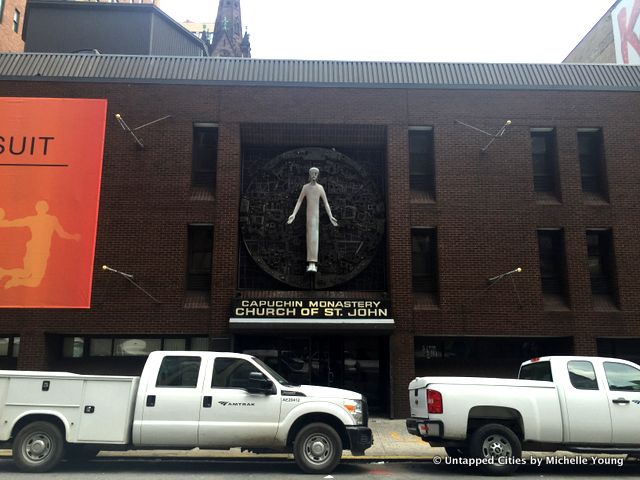
Most of New York City’s monasteries retain a bucolic presence, even within urban or industrial zones. One exception is the Capuchin Monastery of the Church of St. John which sits on 31st Street just next to Penn Station and Madison Square Garden. In this ramshackle stretch of no man’s land you’ll find a loading dock to MSG, the forgotten power station of the original Pennsylvania Station, and an unabashed homeless presence.
Inside are the relics of Padrio Pio, a saint canonized by John Paul II. Padrio Pio is said to suffered stigmata throughout his life, a recreation of the bleeding of Christ on the cross. He was well-known among soldiers in Italy during World War II.
After Pio’s death in 1968, the Church of St. John acquired some of his relics including a dark red fingerless woolen glove and white linen sock, stained with his blood. These sit on the church side of the property, which is accessed on 30th Street, but devotees do live in the monastery on 31st Street.
The monastery may be at risk due to redevelopment plans for Penn Station by Amtrak, read more about it here.
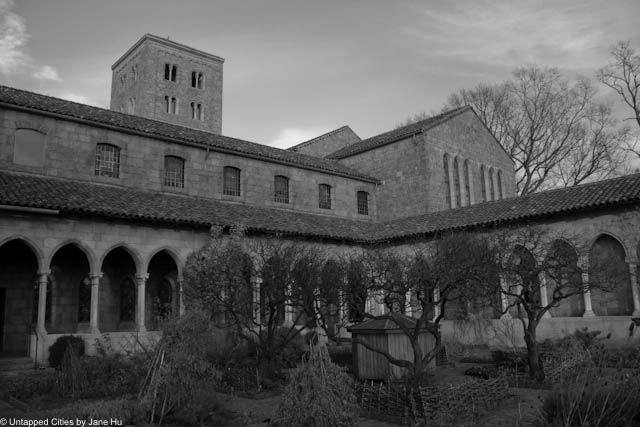 Medieval gardens in front of the Cloisters
Medieval gardens in front of the Cloisters
The Cloisters isn’t a functioning monastery of course, but this branch of the Metropolitan Museum of Art is in the style of a monastery and a reconstitution of various medieval buildings acquired from Europe.
Next check out our guide on where to find quiet in NYC from a room filled with dirt to the smallest park in NYC. Get in touch with the author @untappedmich.
Subscribe to our newsletter